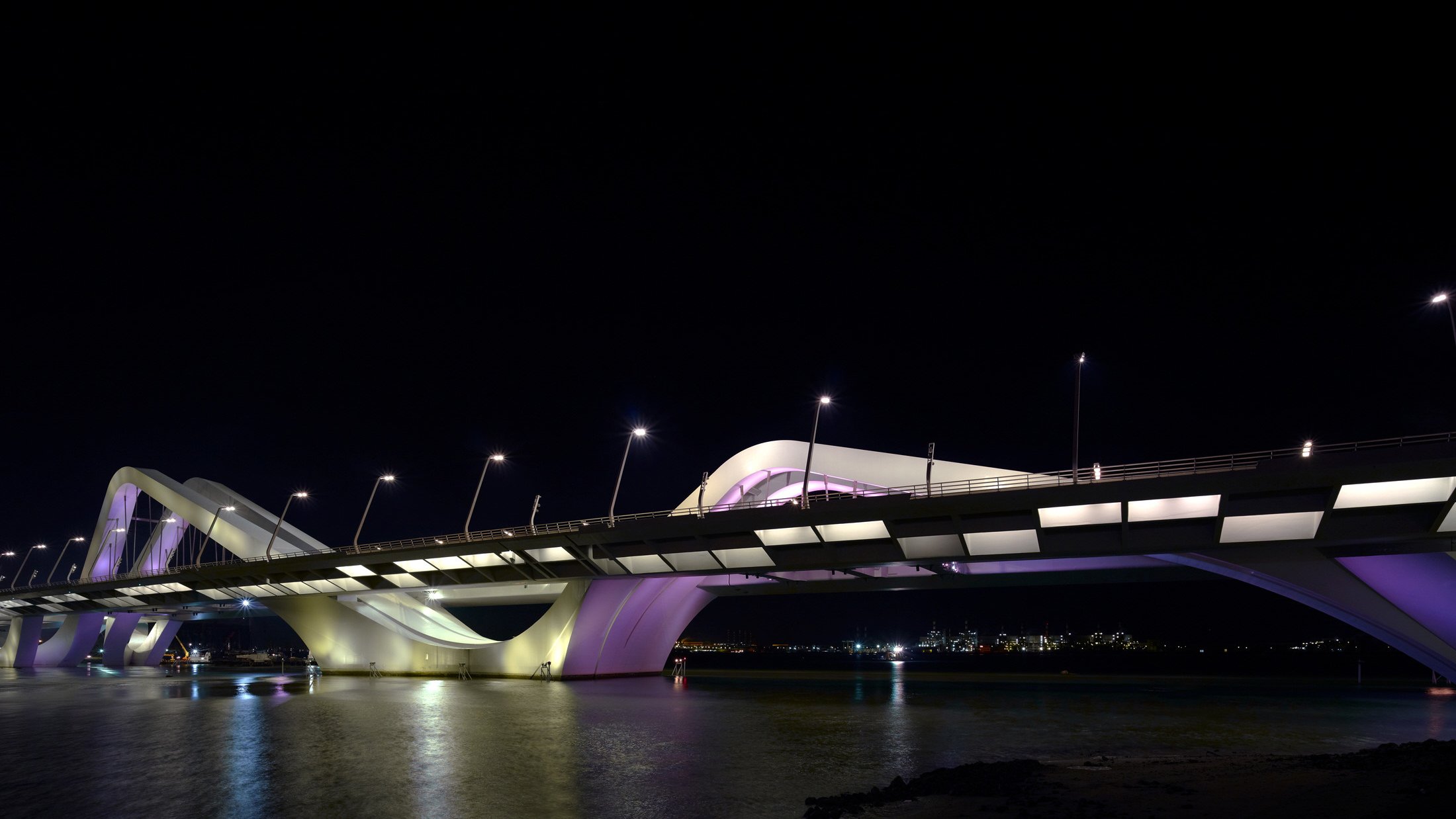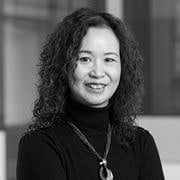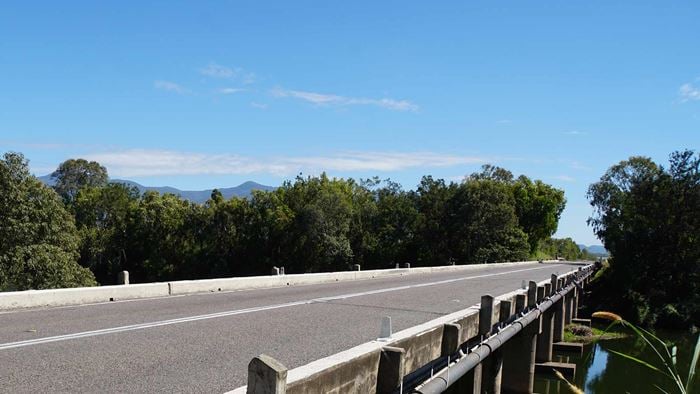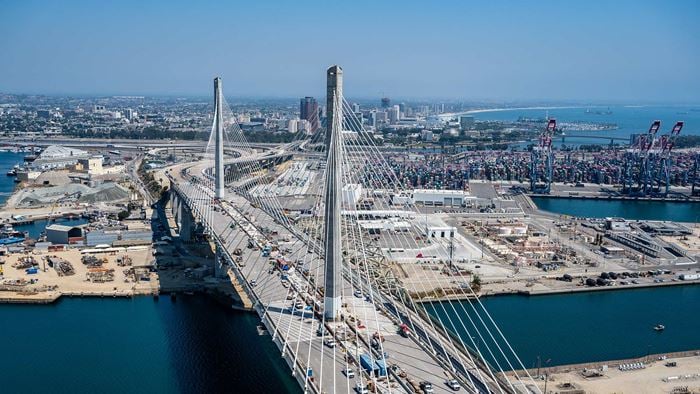Designed by Zaha Hadid Architects, the Sheikh Zayed Bridge bridge consists of concrete strands that gather on one shore, flowing across to the adjacent shore in a sculptural waveform. The 840m long bridge is named after the country's former president Sheikh Zayed bin Sultan Al Nahyan and connects the mainland to the island of Abu Dhabi. The bridge arch structure soars to heights of up to 60m above the water level of the Magta Channel, creating a formidable gateway to the city. The bridge is seen as a potential catalyst to the future urban growth of Abu Dhabi.
Fluid patterns of light
The structural silhouette shape, the spine of the bridge, is highlighted by dynamic coloured light, while the underside of the road deck features integrated monochrome dynamic cell lighting. A lighting control system allows for animated flow movements in the spine and the cells, resulting in fluid patterns of light travelling along the bridge. The lighting scenarios comprise of dynamic coloured light that smoothly flows across the channel. The luminous gesture creates an embracing landscape of colours for the users of the bridge and a scenic feature for distant viewers.
Reflecting Abu Dhabi's soul
The highly artistic lighting scenarios we designed reflect Abu Dhabi’s soul. A specially developed ‘language of light’ celebrates religious traditions, festivities, and public events together with the people of United Arab Emirates. During a new moon, the bridge lighting links with the appearance of the Grand Mosque. Once a month both iconic pieces of architecture appear tinted in deep blue colours and create awareness of urban connectivity.
The initial lighting concept was developed at Hollands Licht by Rogier van der Heide. The lighting design was developed further by an international design team at Arup. The final project phases, including the programming of 13 artistic scenarios, were led from Arup's Amsterdam office.
 ;
;





